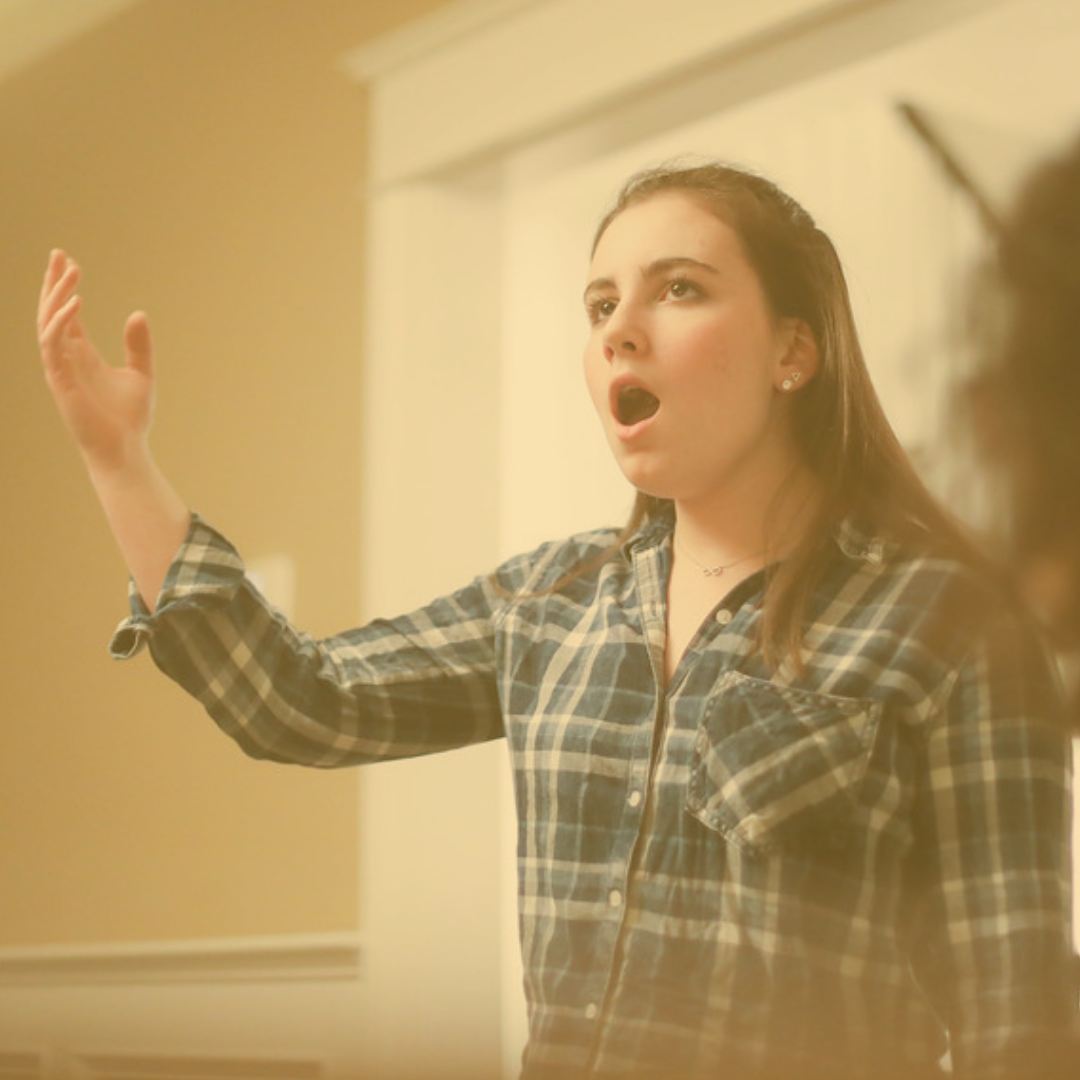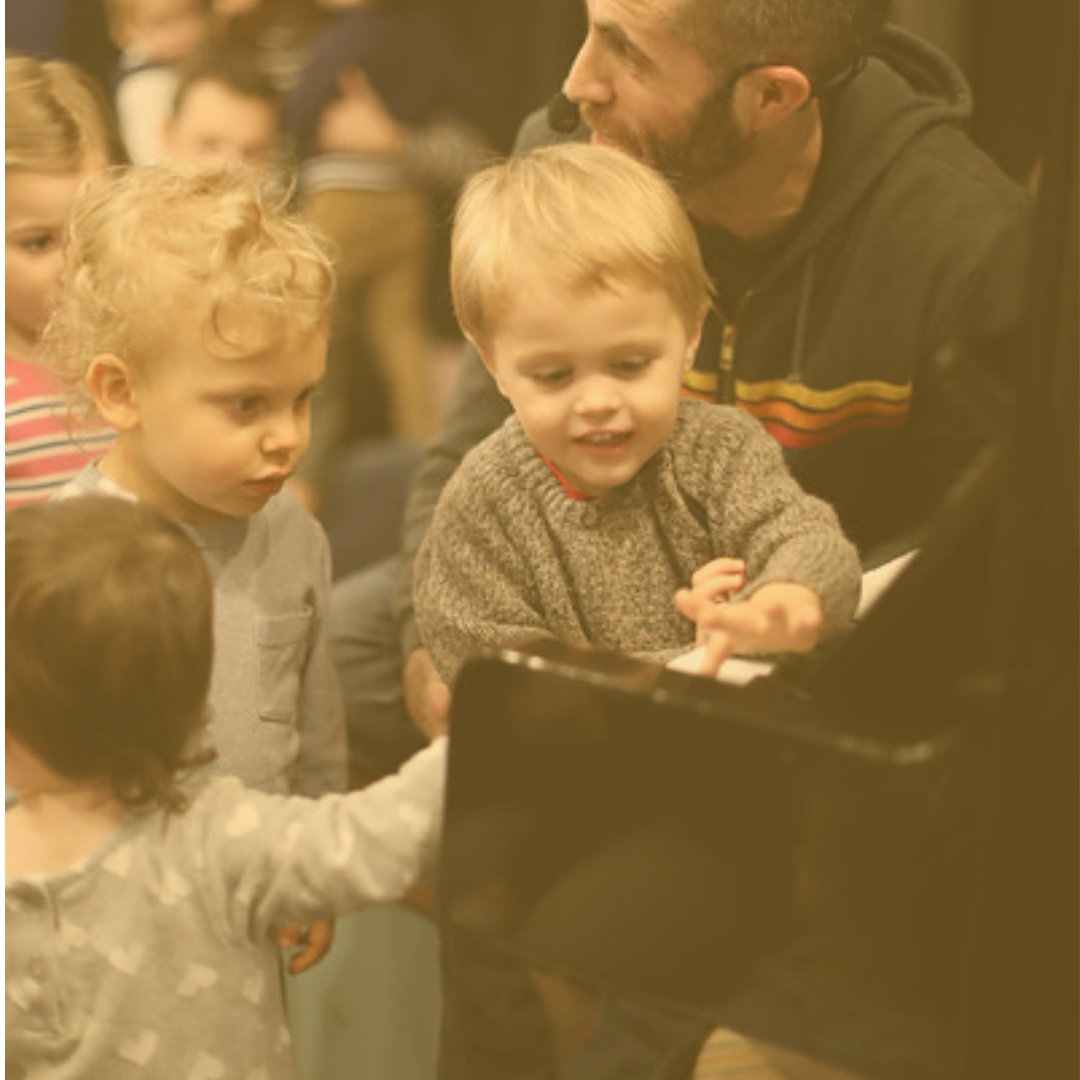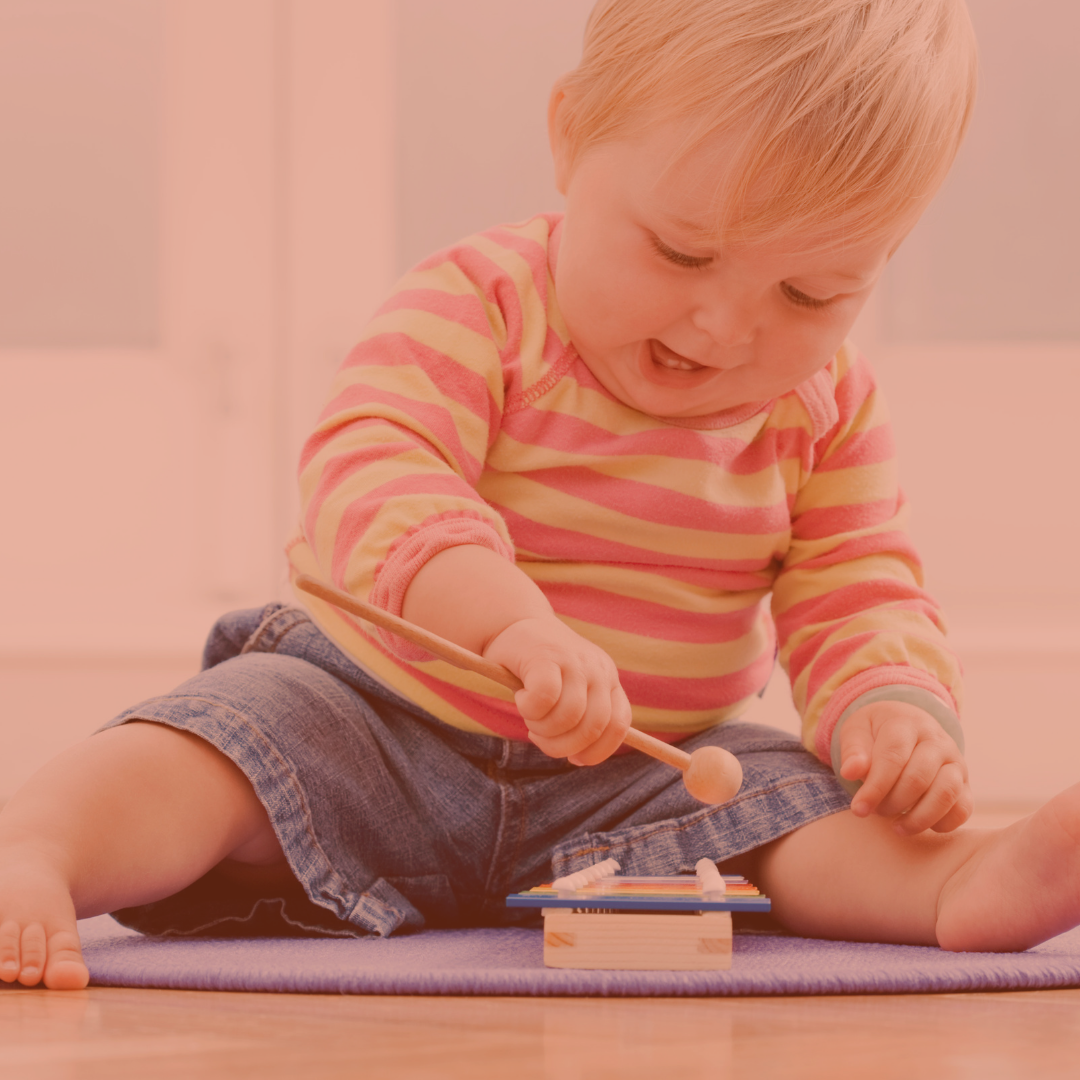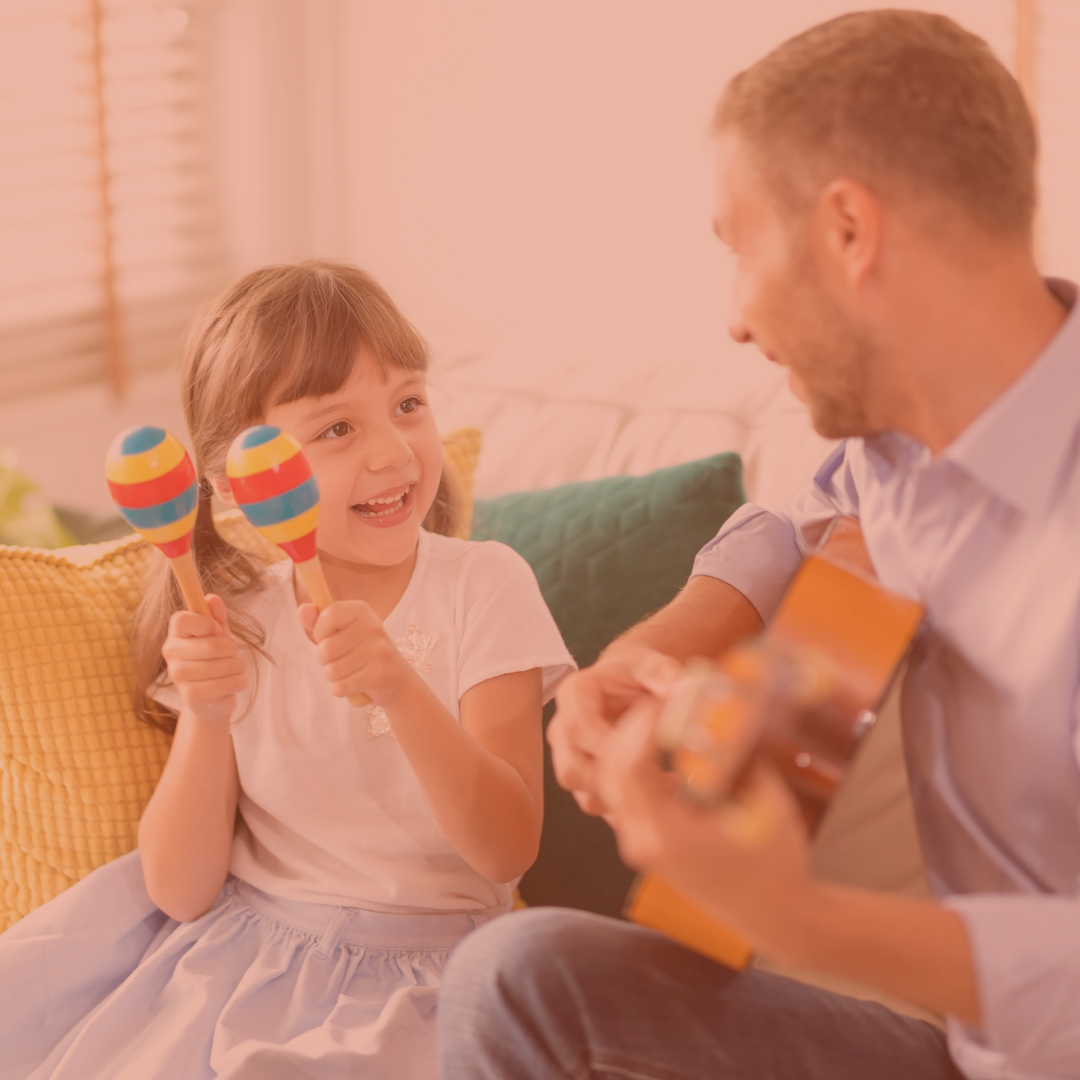How to Get Your Child Enthusiastic About Learning Guitar
Interest in playing music is developed from exposure to music, so if you want to get your child enthusiastic about learning the guitar, you have to let him or her listen to great guitar music or watch musical performances where the guitar figures prominently. Let them know that with practice – they need to understand the importance of this from the beginning – they are capable of making music themselves. To get your child interested in learning how to play the guitar and look forward to the lessons and hours of practice, here are a few tips.
Guitar Lessons for Kids – Let music be a part of home life
Kids who grow up listening to different kinds of music consider music to be a part of life at home and naturally take to learning to play music themselves. If you play the guitar yourself, play songs that your child knows or will easily recognize. Hum or sing your favorite tunes, watch videos of great musicians, play games that involve music – all of these contribute to your child developing an appreciation for and interest in music, which could motivate your child to take up the guitar.
Let them know they can learn
Children as young as 5 years old can learn to play the guitar. Some even start younger at about 3, but you also have to consider the child’s physical and mental development when taking up an instrument. If your child is somewhere between 5 to 10 years of age, it’s a good time to start introducing the guitar. Let them know they don’t have to be a grownup to play. Show them videos of other kids playing the guitar to inspire them to want to play too.
Guide them in choosing their own instrument
When children learn on an instrument they chose themselves, they are more likely to really keep going. Of course, you should know the appropriate size for your child first. Take them to a music store and let them choose from the acoustic guitars that fit for their size. Let them hold each guitar and ask them how they like the instrument – are they comfortable, do they like the color? It’s important that the guitar they would be learning on appeals to them because it will make them want to have the guitar always by their side.
Plan your lessons according to your child’s learning style
All children learn things differently. Some pick up chord shapes easily and imitate you when you demonstrate them once, while others need you to repeat a few times before they get it right. Some do well with minimal supervision using video lessons; some others learn more when a “real” person is there with them. You should know how your child learns and tailor your lessons according to that.
Some kids might even prefer their music teacher not be their parent, so in this case you would have to look for a qualified, experienced instructor who specializes in teaching children because they would know the best approaches to use to make lessons fun and exciting.
We hope those tips help you in getting your child enthusiastic about taking up and practicing the guitar. Make sure you set a good example and practice regularly yourself! Please contact us with any questions you may have regarding guitar lessons for kids.













